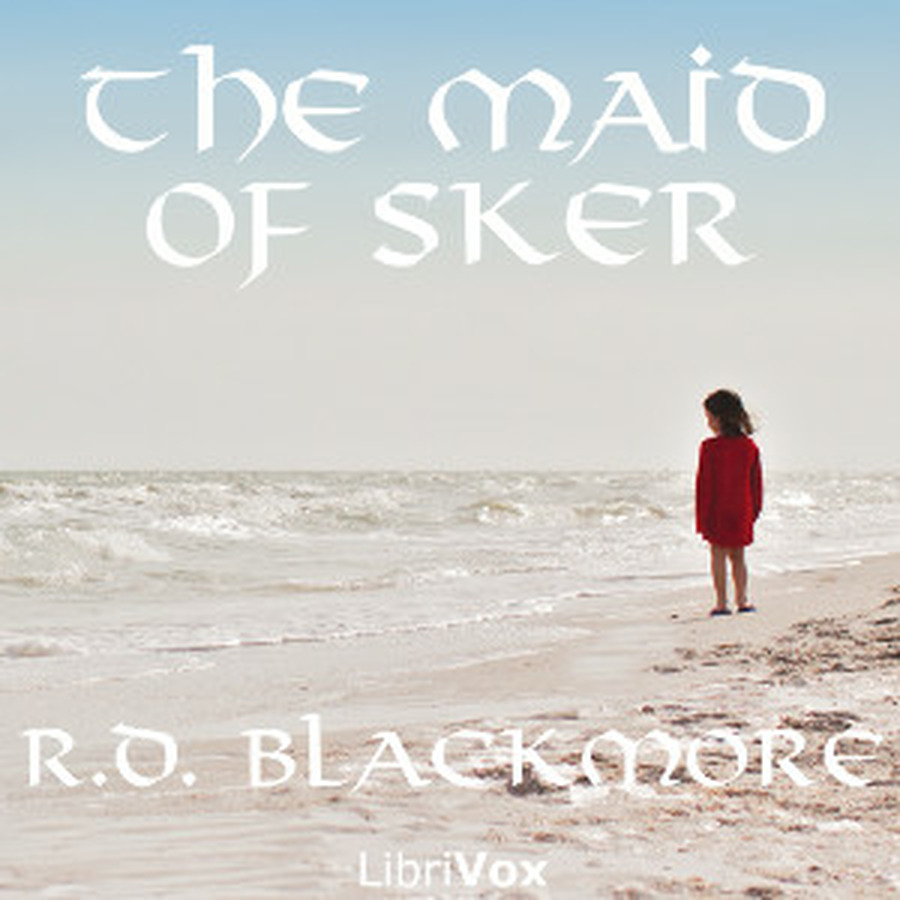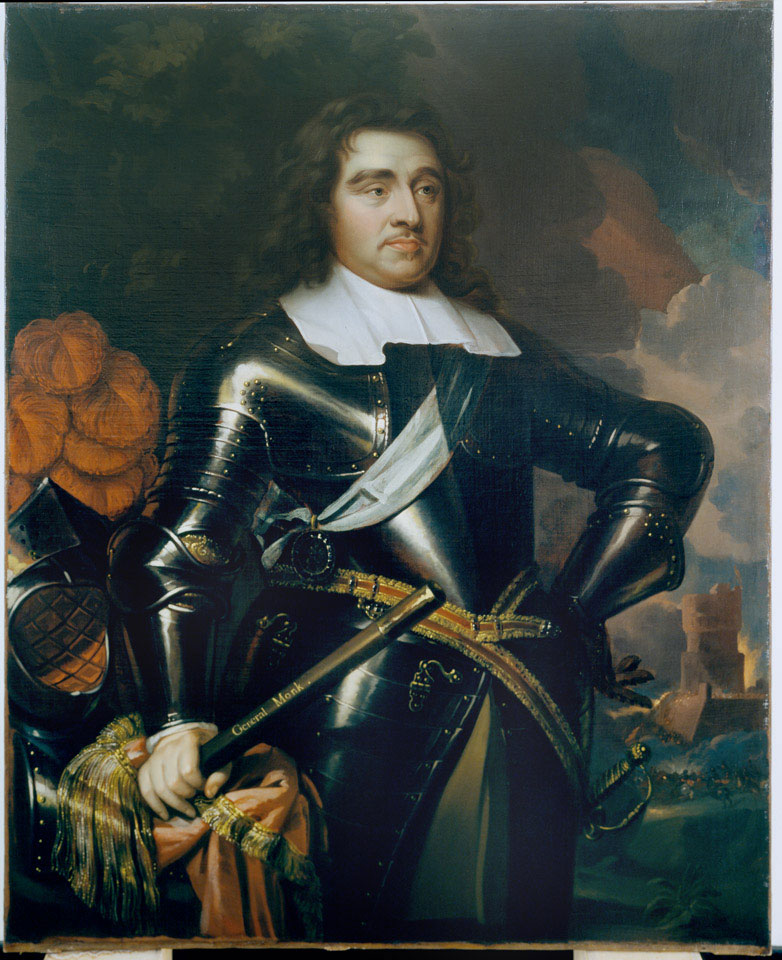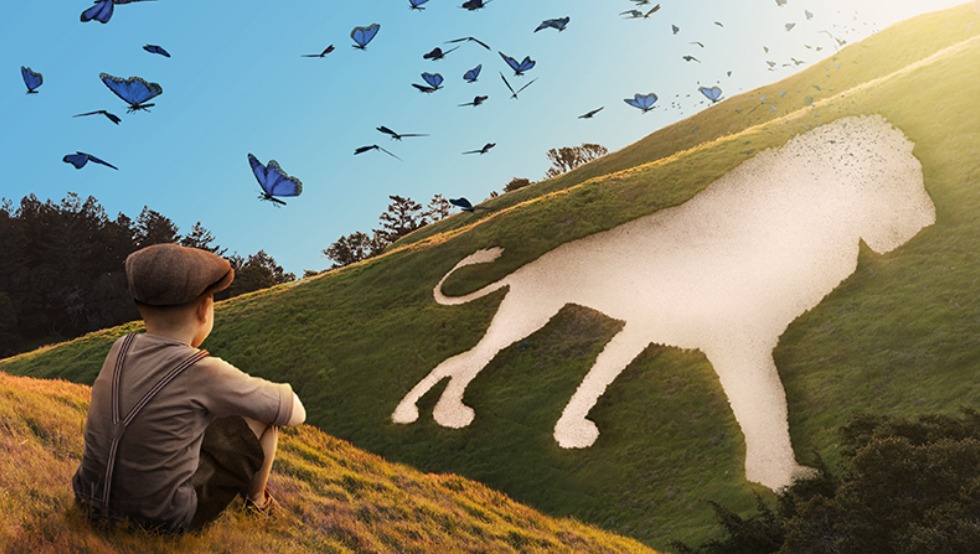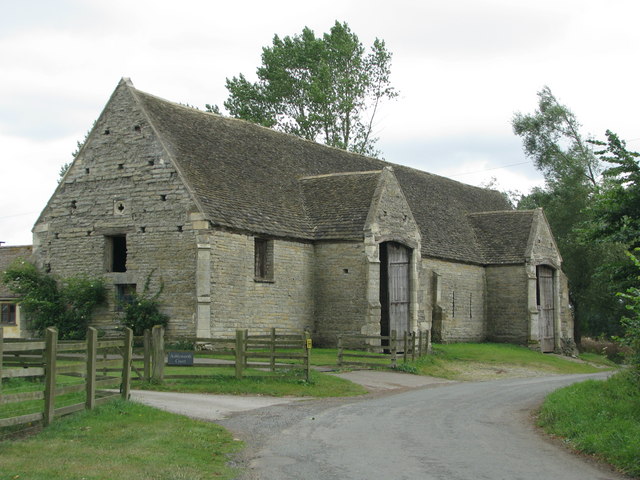George Monk, or Monck, (1608-70), was a general in the English Civil War. He fought on the Royalist side, but later led the Parliamentary Army in Scotland, being named as a possible successor to Oliver Cromwell. After the restoration of the monarchy in 1660, King Charles II appointed him to the peerage, giving him the title of 1st Duke of Albemarle.
Monk was born in Potheridge, Devon, the middle child of a member of the local landed gentry who had fallen on hard times. His mother was the daughter of one of the richest men in Exeter, but he refused to pay her dowry when they got married, and his father died in a debtor’s prison as a result.
As a young man, Monk joined the army, a common career choice for the younger children of distressed gentlefolk. According to some sources, he served overseas in order to escape a charge of attempted murder at home, after he and his elder brother tried to kill the undersheriff who had imprisoned their father.
Following the Irish Rebellion of 1641, Monck was made colonel of a regiment that was sent to suppress it, allegedly participating in several massacres (your customary reminder here that “Worthies” in the title refers to notability, and does not signify approval). Upon the outbreak of the English Civil War, Monk initially refused to swear allegiance to the king, being imprisoned in Bristol as a punishment. before eventually relenting in order to secure his release.
Following the restoration, Monk became a member of the Privy Council, and was appointed Lord Lieutenant of Devonshire. He was also granted lands in the Carolinas, and shares in the Royal African Company, which oversaw England’s contribution to the Atlantic slave trade.
Monk ended his days as First Lord of the Treasury, dying three weeks before his wife at his ancestral seat in Potheridge. He is buried in Westminster Abbey, and Albemarle Sound on the coast of North Carolina is named after him.





